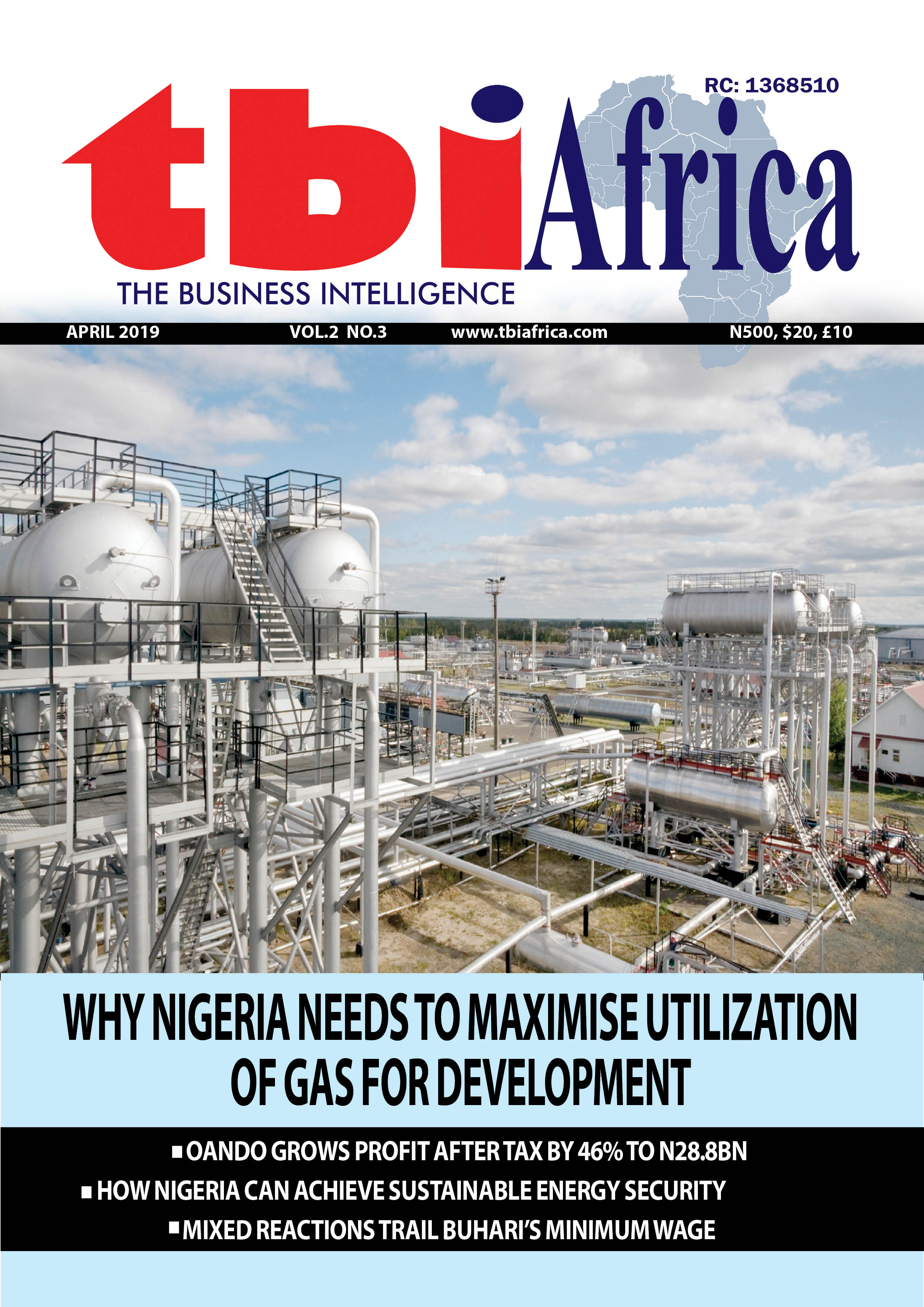Photo caption: Oil
Oil prices steadied on Wednesday, after a gain of 4% in the previous session, as markets weighed up the chance of supply disruptions from the Iran-Israel conflict and as they ponder a direct U.S. involvement.
Brent crude futures gained 16 cents, or 0.2%, to $76.61 a barrel by 1058 GMT. U.S. West Texas Intermediate crude futures rose 17 cents, also 0.2%, to $75.01 per barrel. Both contracts were down over 1% earlier in the session.
U.S. President Trump warned on social media on Tuesday that U.S. patience was wearing thin, and called for an “unconditional surrender” from Iran, an option that Iran’s leader Ayatollah Ali Khamenei rejected on Wednesday.
While Trump said there was no intention to kill Khamenei “for now,” his comments suggested a tougher stance toward Iran as he weighs whether to deepen U.S. involvement.
A source familiar with internal discussions said one of the options Trump and his team are considering included joining Israel on strikes against Iranian nuclear sites.
A direct U.S. involvement threatens to widen the confrontation further, putting energy infrastructure in the region at higher risk of attack, analysts say.
“The biggest fear for the oil market is the shutdown of the Strait of Hormuz,” ING analysts said in a note.
“Almost a third of global seaborne oil trade moves through this chokepoint. A significant disruption to these flows would be enough to push prices to $120 [a barrel],” the bank added.
Iran is OPEC’s third-largest producer, extracting about 3.3 million barrels per day (bpd) of crude oil.
Meanwhile, Iranian ambassador to the United Nations in Geneva Ali Bahreini said on Wednesday that Tehran has conveyed to Washington that it will respond firmly to the United States if it becomes directly involved in Israel’s military campaign.
Markets are also looking ahead to a second day of U.S. Federal Reserve discussions on Wednesday, in which the central bank is expected to leave its benchmark overnight interest rate in the range of 4.25% to 4.50%.
However, the conflict in the Middle East and the risk of slowing global growth could potentially push the Fed to cut rates by 25 basis points in July, sooner than the market’s current expectation of September, said Tony Sycamore, market analyst with IG.
Lower interest rates generally boost economic growth and demand for oil.
Confounding the decision for the Fed, however, is the Middle East conflict’s potential creation of a new source of inflation via surging oil prices.
U.S. crude stocks fell by 10.1 million barrels in the week ended June 13, market sources told Reuters, citing American Petroleum Institute figures on Tuesday. Official Energy Information Administration data is due later on Wednesday.
=== Reuters ===



